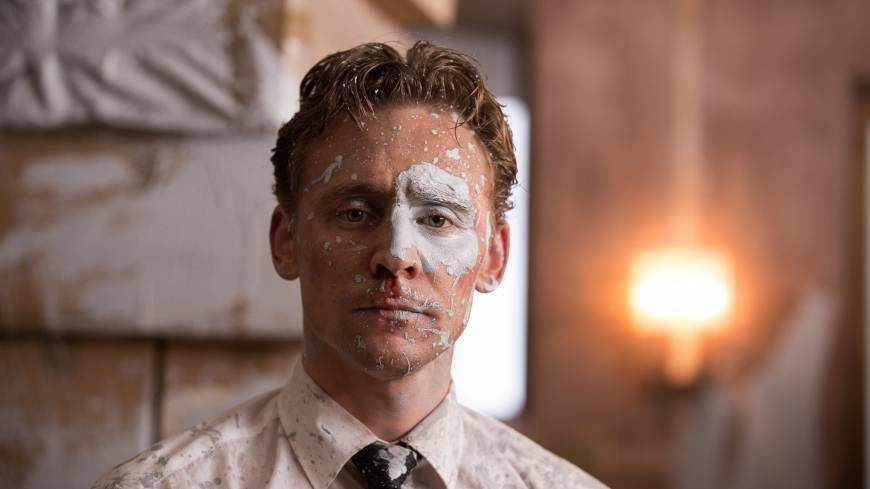
A critic is supposed to assess a film completely based on its quality, putting aside all of their prejudices and biases. The general film audience doesn’t have this obligation, and frequently they rate a film in black and white; they defame on social networks, or praise beyond what it deserves.
It’s rare, but there are occasions when the judgment of these two opposite sides of spectrum meets and generally, the case is the release of a polarising motion picture. A scarce number of select audience members may understand the true potential of such a film because of their expertise on that special area, and a lucky film could later be reevaluated and reappraised to achieve a cult following, which is the case of many films.
Again, art is subjective. One person’s masterpiece is another’s trash. The social conditioning, stratum, and exposure has more to do with it. A person can’t be expected to understand all the facade of life. The political atmosphere also plays a huge part in determining the fate of a film.
Ultimately, a citizen is nothing but a physical manifestation of prevailing social and political values. This list concerns such divided films whose original intention was misunderstood by the viewers for some reason. Without further ado, here are the 10 most misunderstood films of the 21st century.
1. Watchmen
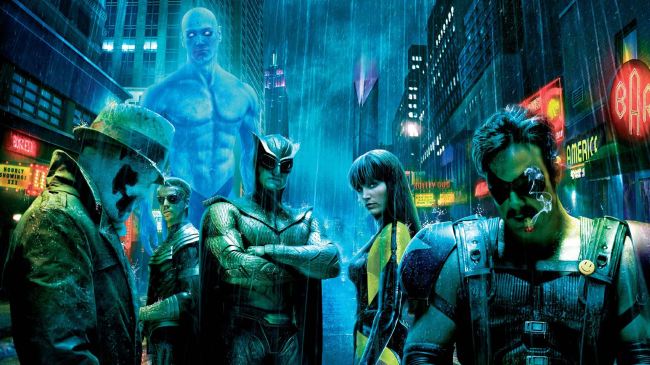
“Watchmen” collapsed in its ambition to trump the source material. But it is not true and exists only in the mind of the forever apprehensive. The name Zack Snyder is synonymous with exuberant visuals and his films have always garnered extreme reactions from passionate film viewers.
This time, the devoted fan base of Alan Moore’s original comics was added to the mix. Their criticisms about the film adaptation were the usual: the adaptation doesn’t live up to the original. The non-comic book fans were equally disappointed with the dark, grimy atmosphere in which they are unfamiliar.
But it has to be admitted that it was not possible to include everyone’s individual favorite sequences into a two-and-a-half hour movie and what the filmmakers did with the adaptation had perfectly translated the spirit of the graphic novel onto the silver screen.
The political climax was also not suitable for the release of “Watchmen” in 2009 and the world hadn’t seen many dark superhero films at that date. Watching the film in 2019, especially the ultimate cut, confirms the fact that it is one of the most widely misunderstood films of all time.
2. American Sniper
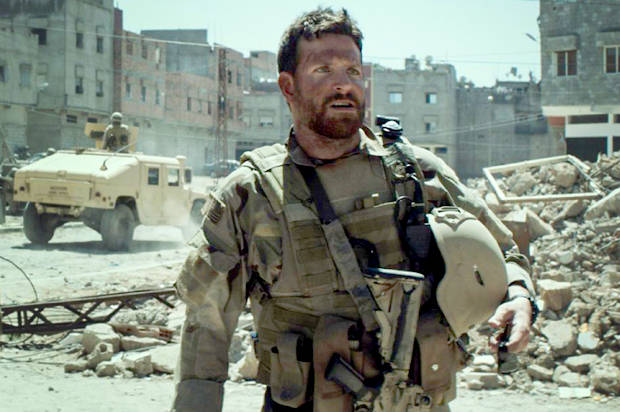
It is blasphemous to question the motives of the forever patriot Clint Eastwood when he makes a war film. But “American Sniper” was such a film that could be molded for the advantages of many political ideologies, especially of the left and right wings. Based on the life of sharp-shooter and U.S. military sniper Chris Kyle, the film showed the hesitation and moral conscience present on the battlefield, when it concerns the life of innocent citizens.
Kyle was always haunted by the memory of his war duty, be it during the holiday break in his home or the execution field. It affected his personality, family connections, and life. This devastating psychological effect shown in the film was the weapon of the leftist supporters to campaign it as an anti-war film. On the other side, the right-wing political party glorified the work of the patriotic soldiers, inciting Kyle’s commitment to his work regardless of his self-doubt.
Even though the film became a political pawn to advertise various ideologies, Eastwood confirmed that the intention of the film was neither of the advertised. It was just an exploration in the mind of a sniper soldier, nothing more to that. Outside of all the politics, it is a good film with great acting by Bradley Cooper and should be accepted as such.
3. Ghostbusters
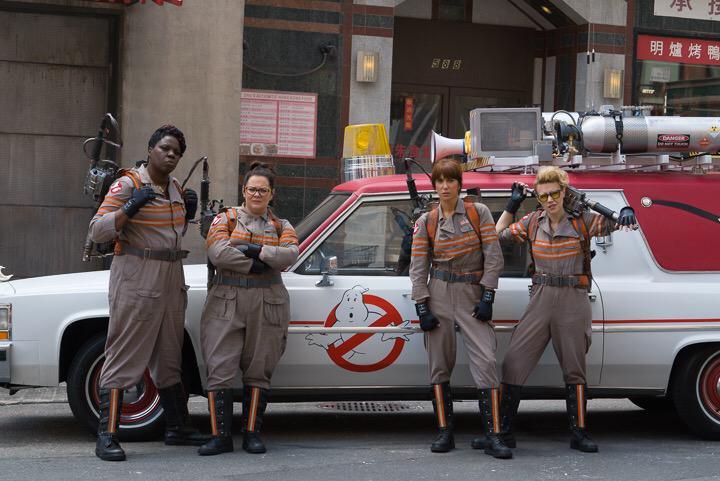
The world of the new millennial has been divided into two groups: one who despises anything that promotes feminism, and the others who judge the same thing solely based on its quality. When “Ghostbusters” released in 2016 with a gender reversal of the original movie, spectators were so annoyed at this so-called unsubtle honking of feminism that they forgot to analyze its qualities from a neutral viewpoint. The negative comments started coming as early as the trailer hit the internet; the original fans were furious to preserve the legacy of the original.
But the new reconstruction – which is the best way to describe the film as the story was the same – was not feminist propaganda. There is an argument that if the film had been remade by another all-male cast, the film would be equally bad and it is partly true as rehashing the same story again and again is never a good thing. But the film was fairly decent, judging the quality of contemporary franchise offerings, and Melissa McCarthy was great as usual. Time has already tamed the fury and the unbiased admit the film was greatly misunderstood.
4. The Neon Demon

Famous film critic Todd McCarthy described “The Neon Demon” as “stultifyingly vapid, ponderously paced allegorical critique of the modeling world whose seethingly jealous inhabitants can’t wait to literally chew each other up and spit each other out.” But the point was exactly that.
Inspired by B-grade giallo and exploitation flicks, Nicolas Winding Refn’s film needed to be understood in the context of the history of cinema. If the substance of the film and the character of the protagonist feel vapid and lifeless, that’s because the Los Angeles modeling scene is exactly like this. This is a film not to watch, but to experience.
The film’s tagline is “Beauty is not everything. It is the only thing.” This tagline is expanded to the universe of the film where beauty is the sole parameter to judge one’s position in it. It is equally suited to our society where everything is sexualized and beautified to suit our need for aesthetic pleasure.
From the Coca-Cola bottle to the French furniture advertisement. “The Neon Demon” presents a suitable commentary to our present society with a hypnotic, allegorical look where the metaphors range from necrophilia to cannibalism.
5. The Bling Ring
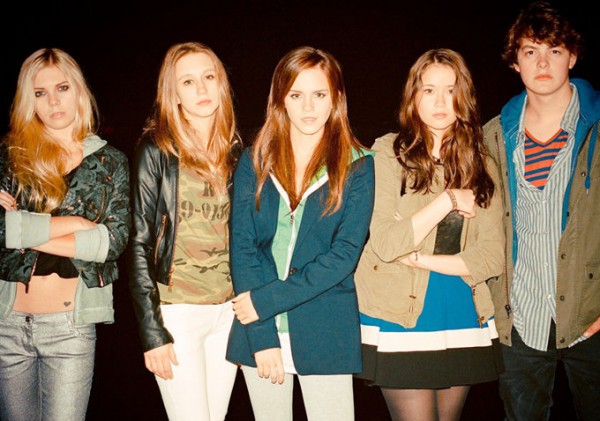
Unlike her father, Sofia Coppola has always been an underrated and misunderstood director. Her films always have many thoughts from those who watch them. This rings especially true for “The Bling Ring,” which was misunderstood by the critics.
Coppola’s subtle satire to the millennial obsession of influencer culture introduces the viewer in the heart of the glamorous world. This first-hand experience, which provides a virtual key into the lifestyle of this influencing culture and the worshippers’ mentality, was wrongly taken as the glamorization of the very thing it despises.
“The Bling Ring” was neither a caper, nor a comedy story; it was a timely commentary to the ever-increasing popularity of the broken celebrity culture and worship to hedonism. That “The Bling Ring” was intended to be a satire was lost on many critics and viewers.